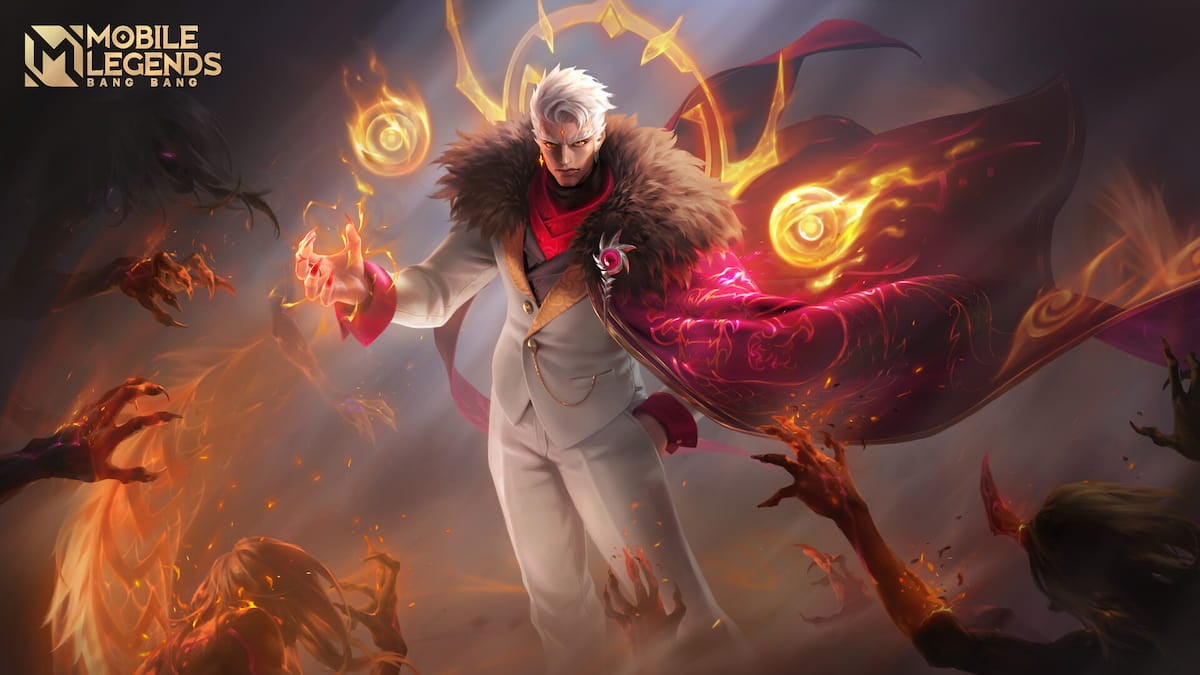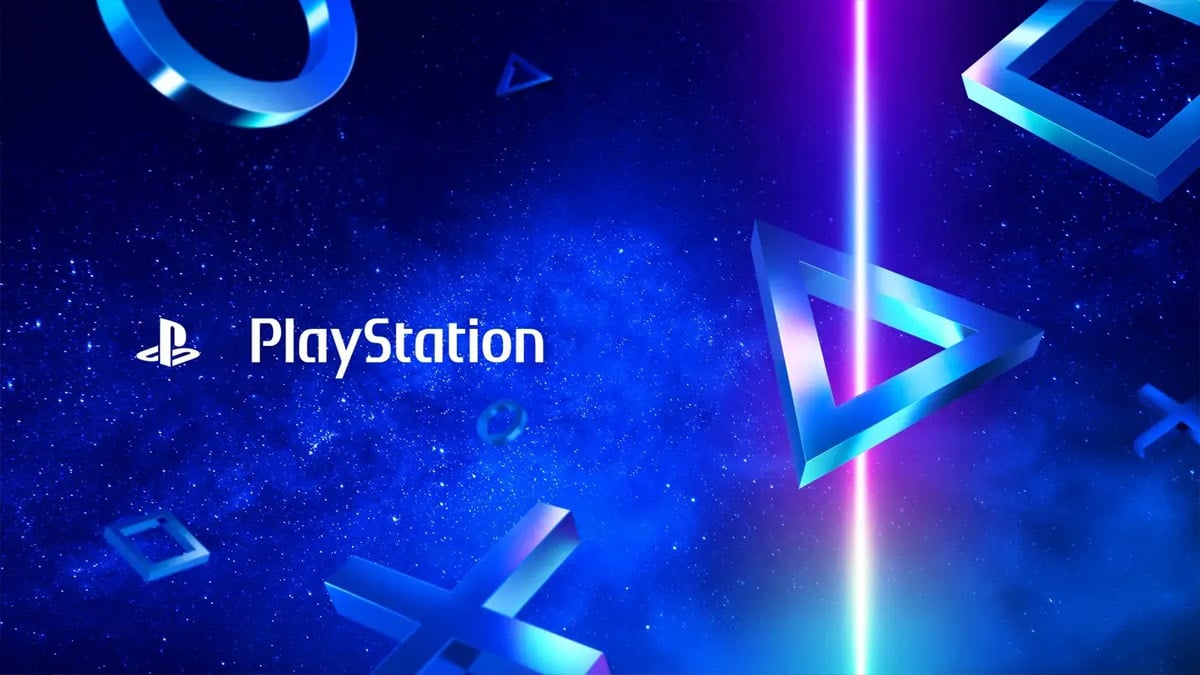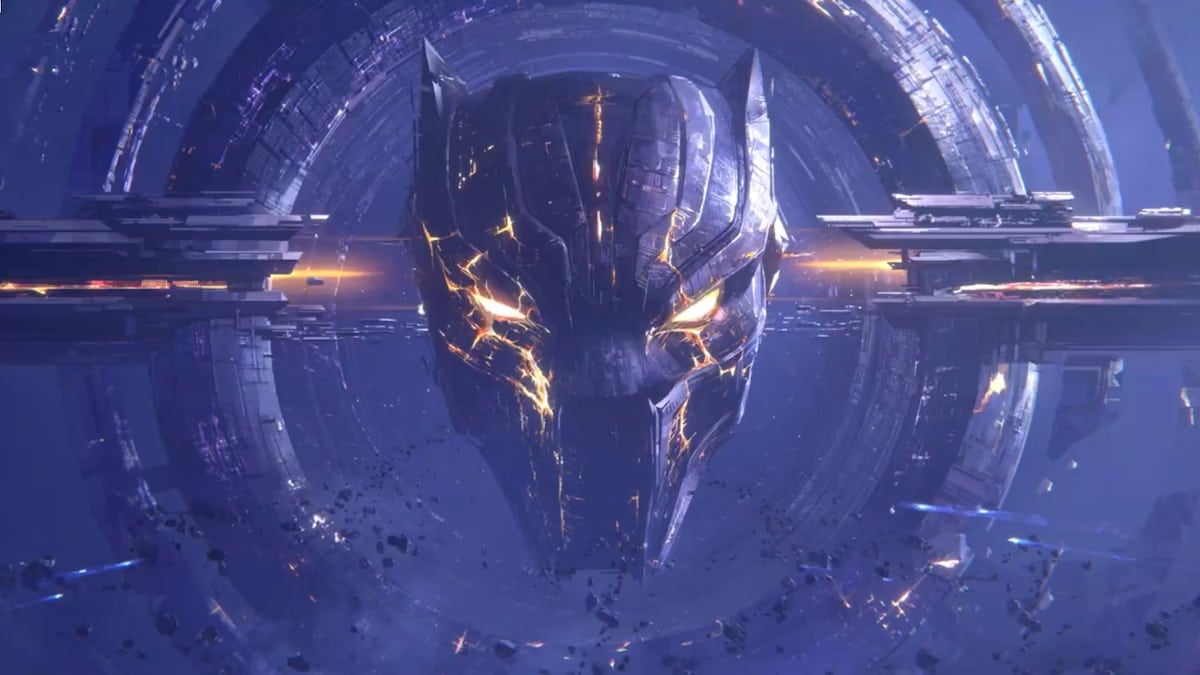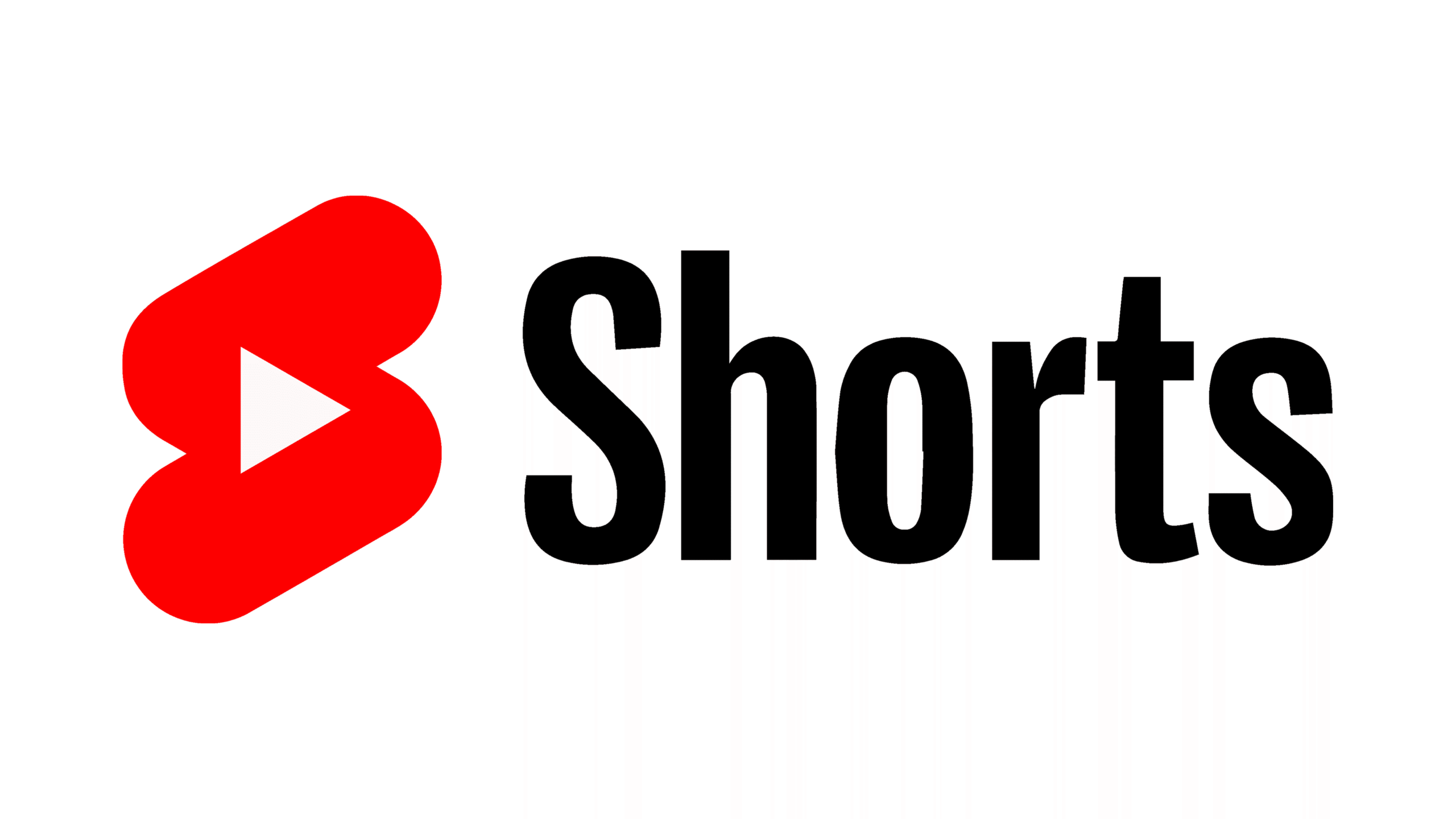A second patent submitted by Activision, which aims to create an in-game feature designed to drive microtransactions from its users, has been uncovered by Dot Esports.
A report last week showed that Activision, the owner of the Call of Duty franchise, was recently granted a patent for a system that could artificially make games easier for players who’ve recently purchased an in-game item.
The newly-found patent, which was created by two of the inventors behind the first one, was submitted to the U.S. Patent Office on Oct. 21, 2015. This system is, however, primarily centered around driving microtransactions through the medium of an in-game technology named video game streams (VGS). It should be noted that this system isn’t present in any of the Activision-Blizzard titles available on the market, and the patent has not been granted to Activision at the time of publishing.
A VGS is a user-generated in-game replay, which can be instantly created by players. The VGS is constructed by using an in-game log and meta data, which records every event that takes place in a match. Once created, a VGS allows users to watch a play in several different camera angles, as well as show a player’s specific weapon loadout and stats.
This is where the system could also be used to drive microtransactions. The patent says that if a player featured in a VGS is using a specific skin or other in-game item, the viewer would receive an in-game prompt to purchase the items in question.
“For instance,” the patent says, “in a shooter game, a location on the display (e.g., pixel position) of a virtual weapon that may be purchased by the viewer for use in the viewer’s gameplay may be encoded in the metadata track.”
The patent also outlines many of the other potential uses of the system, such as allowing esports casters to bring up essential information on players during a professional game. But the system focuses largely on microtransactions. This includes using it to promote specific items for advertising purposes, and even automatically examining a viewer’s in-game financials.
“Upon receipt of a selection of a hotspot, the system may either automatically cause a purchase of a corresponding item (e.g., by looking up pre-stored financial account information of the viewer or virtual currency account information of the viewer,)” the patent says. That means the system could, theoretically, automatically choose to purchase the item seemingly without the user’s approval.
The system does seem to offer a great deal of benefits for professional and casual players alike (players would surely find use in the ability to review their plays in such a way). But the continued push for in-game transactions will no doubt further alienate fans tired of the never-ending proliferation of monetization schemes in games.












Published: Oct 26, 2017 03:43 pm